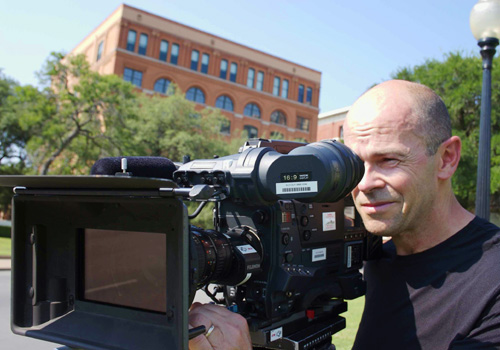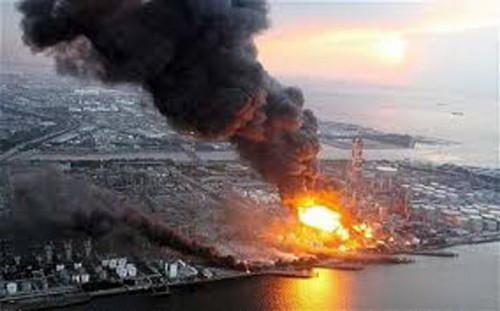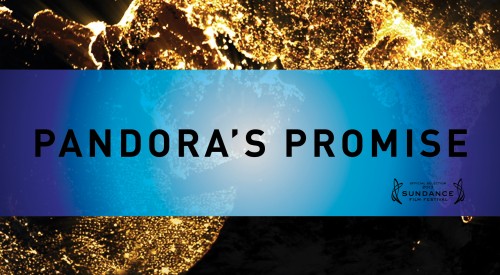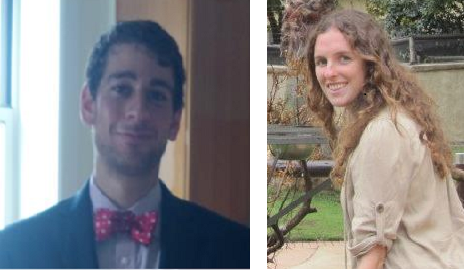
BLOG: What’s Next Nuclear?
By Jillian Corley, MSCSP ’15, and Reuben Jaffe Goldstein, MSEP/MBA ’16
Recent developments at the battered Fukushima nuclear power plant in Japan are raising renewed fears over the negative impact of nuclear power on the environment and human health. The Japanese power company
(Tokyo Electric Power Company) has disclosed that the plant has been leaking hundreds of gallons of nuclear contaminated water into the Pacific Ocean, over the last few months! One solution being proposed to contain the leak is an ice wall (it is about as Batmanesque as it sounds) that would use super cooled tubes to literally freeze the water in place, creating a natural barrier. The wall would not be completed in time, however, to prevent the fisheries in Northern Japan from taking a serious blow nor to undermine the risk that the nuclear contaminated water should reach the US West Coast in the next few year
It is within this context that academy award nominated director Robert Stone, discussed his latest film, Pandora’s Promise for the first of the fall’s National Climate Seminar Series. Stone, whose notable work includes Earth Days (2009), is an environmental advocate whose latest film is a controversial documentary that argues for further investment into nuclear power as the way to meet the growing high-energy demands of humanity. Since its premier at the Sundance Film Festival earlier this year, the film has stimulated a debate over the argument that with the proper investment and development, we can see a highly efficient (no nuclear waste) and safe (an almost impossible chance of a melt down) implementation of nuclear power. Stone’s goal is to debunk the myths of safety and security that surround nuclear power with interviews from environmentalists who’ve previously stood on the opposing side of nuclear power. He captures
their transitional thoughts as they came to understand nuclear power more thoroughly. Stone believes that it is these fears that have set back our battle against global warming, with what he argues to be a truly renewable resource, by 20 years.

Though Stone clearly lays out the benefits of investing in nuclear plants as a way to distribute power to those around the world, especially in developing world, he doesn’t address many of the concerns people have with the technology. The credibility of Stone’s information is challenged, especially when it came to the number of fatalities recorded at Chernobyl. The official number from the United Nations is reported at 56, but others have gone as far to say that the numbers are actually closer to hundreds of thousands. The amount of radiation released from those plants is also disputed; concerns about exposure and the development of cancer have many people living in fear from nuclear.
In his film he personally visits the nuclear power plants Chernobyl and Fukushima, claiming that our fear of radiation is highly overblown, and that the developing technology will make these meltdowns a thing of the past. We as a society need to decide where our faith is in a possible deadly technology. Whether these plants can operate without hazard requires us to put faith into something where we do not fully understand all of the potential risks.
 Robert’s final point is that even if you are not willing to accept that nuclear power is both safe and highly efficient, then you have to be willing to except it as a low carbon way of providing energy to billions of people who are working their way out of poverty. He claims that the world’s energy consumption will probably double if not triple over the next hundred years. We cannot solely depend on solar and wind to solve the issues of global warming and nuclear power has the possibility of unlimited clean energy.
Robert’s final point is that even if you are not willing to accept that nuclear power is both safe and highly efficient, then you have to be willing to except it as a low carbon way of providing energy to billions of people who are working their way out of poverty. He claims that the world’s energy consumption will probably double if not triple over the next hundred years. We cannot solely depend on solar and wind to solve the issues of global warming and nuclear power has the possibility of unlimited clean energy.
When speaking with Robert Stone about his film, we discussed the economic and social concerns in regards to investing in nuclear power. A salient point of the debate was whether nuclear is a cost efficient method in ending the energy crisis. Nuclear power has already seen billions dollars invested and to be effective would need to see billions more, compared to the small amount invested in wind and solar. Robert fervently held his position in support for nuclear, claiming that the technology is too great to forget about. Can we be against climate change and nuclear power? Robert has opened up the conversation for the public to further pursue. The risk of nuclear have been clearly demonstrated over the years with environmental poisoning to the loss of human lives, but let us remind ourselves it also has the potential to see the developing world live the prosperous lives they desire while combating global climate. Is nuclear power a way out of our growing energy dependent way of life, or is it just leading us on a road to destruction?
Join the National Climate Seminar live, it takes place via conference call the first and third Wednesday of each month during the academic year. Connect with top scientists, analysts, and political leaders to talk about climate change. Current schedule and past call synopses are online here.

